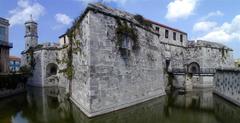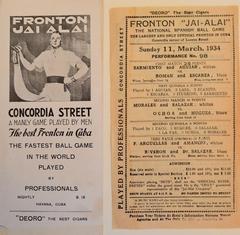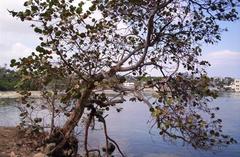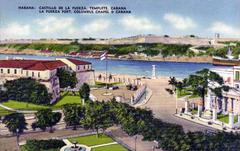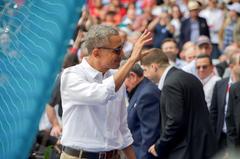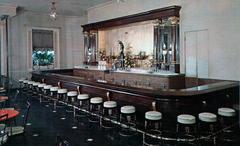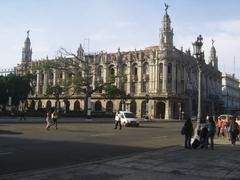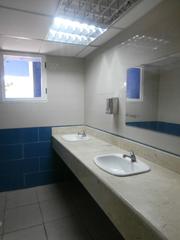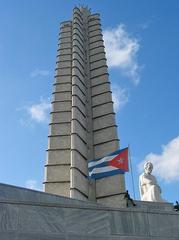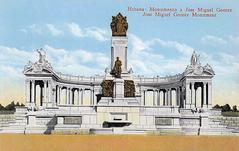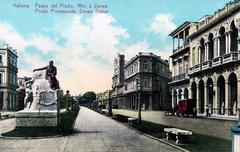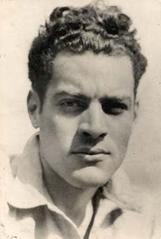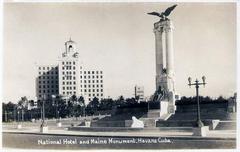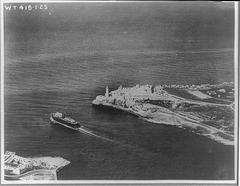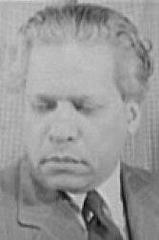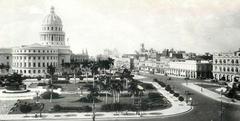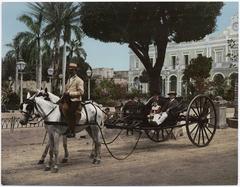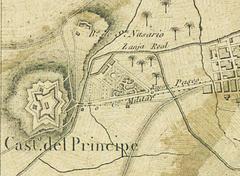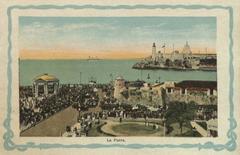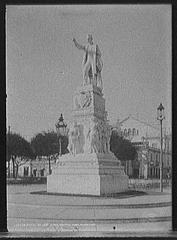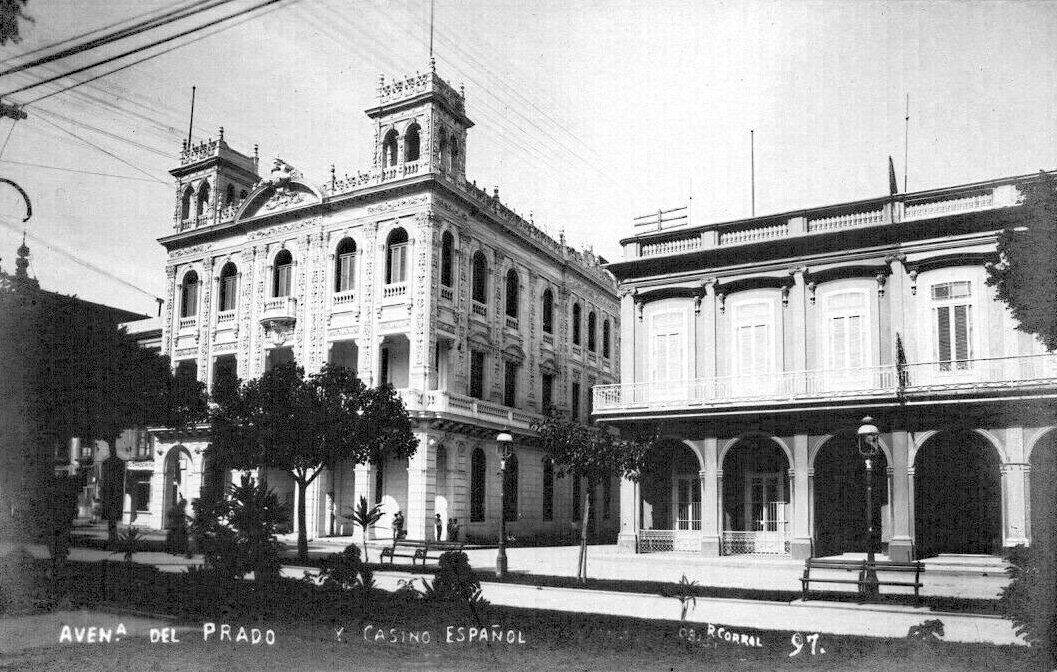
Casino Español Havana Province, Cuba: Visiting Hours, Tickets, and Historical Sites Guide
Date: 14/06/2025
Introduction
The Casino Español de La Habana stands as one of Cuba’s most emblematic historic and cultural landmarks. Founded by Spanish expatriates in the late 19th and early 20th centuries, this institution is a testament to Havana’s cosmopolitan elite and the enduring ties between Cuban and Spanish heritage. Today, the site’s main buildings—especially the Neo-Renaissance structure on Paseo del Prado—remain architectural highlights of Old Havana and a vivid reminder of the city’s multicultural past (National Geographic; Cuba Memorias; LaHabana.com).
This guide offers a detailed overview of the Casino Español’s history, architectural significance, visiting hours, ticketing, accessibility, and practical travel advice. Whether you are a history enthusiast, architecture lover, or cultural traveler, the Casino Español offers an enriching experience at the heart of Havana’s historical sites (Official Havana Tourism; Wikipedia).
Table of Contents
- Historical Overview
- Architectural & Cultural Significance
- Visitor Information
- Location & Access
- Practical Visitor Tips
- Nearby Attractions
- Accessibility for International Visitors
- Seasonal Considerations
- Responsible Tourism
- Frequently Asked Questions
- Summary
- References
Historical Overview
Early Foundations and Colonial Context
The Casino Español emerged during a period of profound Spanish influence in Cuba, particularly after the Spanish-American War of 1898. It was established as a prestigious social and cultural club for Spanish nationals and their descendants, especially from Galicia. The club provided a space for social networking, philanthropy, and the preservation of Spanish traditions through events like festivals, dances, and charitable initiatives (National Geographic; Cuba Memorias).
Architectural & Urban Setting
The Casino Español’s main building on Paseo del Prado exemplifies Havana’s early 20th-century architectural eclecticism. Its Neo-Renaissance and neoclassical features—ornate façades, marble staircases, and stained-glass windows—reflect the artistic trends of the era (LaHabana.com). The club’s second notable location in Marianao/Playa, though now in ruins, once hosted extensive recreational amenities for Havana’s elite (Wikipedia).
Social and Cultural Role
During Havana’s golden age, the Casino Español was at the center of elite social life, hosting masquerade balls, art exhibitions, and concerts that blended Spanish and Cuban traditions. Its library and archives contributed to the city’s intellectual and artistic vitality (Cuba Memorias).
Post-Revolution Transformation
After the 1959 Cuban Revolution, private clubs were nationalized. The Prado building became the Palacio de los Matrimonios (civil registry and wedding venue), while the Marianao/Playa site was repurposed as a workers’ club and later fell into neglect (Rare Historical Photos; CiberCuba).
Architectural & Cultural Significance
Prado Building (Palacio de los Matrimonios)
- Style: Neo-Renaissance, with grand façades, marble floors, and stained-glass windows.
- Current Use: Popular civil wedding venue, maintaining its role as a community hub (LaHabana.com).
Marianao/Playa Site
- Historic Facilities: Once included a ballroom, dining halls, swimming pool, sports courts, and more (Wikipedia).
- Status: Now derelict and unsafe for entry (CiberCuba).
The Casino Español’s architectural highlights are a testament to the blend of European styles with Cuban influences, a hallmark of Havana’s historic cityscape (Arch2o; Medium).
Visitor Information
Visiting Hours & Days Open
- Prado Building: Primarily functions as a wedding venue. Public access is generally limited to event attendees or by special arrangement. The exterior can be admired at any time.
- Marianao/Playa Site: Closed to the public due to safety concerns; exterior viewing only (CiberCuba).
Tickets & Entry Fees
- Prado Building: No standard admission fee. Interior access typically requires event attendance or advance arrangement with a local guide (LaHabana.com).
- Marianao/Playa Site: No tickets; site is not operational.
Guided Tours
- Some local guides include the Prado building in walking tours. Tours are usually in Spanish or English and require advance booking.
Accessibility
- Prado Building: Street-accessible; interior may involve stairs, limiting access for those with mobility issues.
- Marianao/Playa Site: Unsafe and inaccessible.
Photography
- Exterior: Permitted and encouraged.
- Interior: Permission required, especially during ceremonies.
Location & Access
Prado Building (Palacio de los Matrimonios)
- Address: Paseo del Prado, Old Havana.
- Access: Easily reached by foot from Habana Vieja or by taxi from other parts of Havana.
Marianao/Playa Site
- Address: Coastal avenue, Playa municipality, west of city center.
- Access: Best by taxi or private car. Not open for entry.
Practical Visitor Tips
- Dress Code: Smart attire for events; respectful clothing for casual visits.
- Tipping: 10–15% for guides and event staff (Cuba’s Best).
- Etiquette: Respect ongoing ceremonies and local customs.
- Safety: Avoid entering derelict structures; stick to public areas.
Nearby Attractions
- Paseo del Prado: Iconic boulevard with historic buildings.
- Habana Vieja: UNESCO World Heritage Site with museums, galleries, and vibrant streets (Lonely Planet).
- Gran Teatro de la Habana Alicia Alonso: Neobaroque theater and cultural venue.
- Museo de la Revolución: Cuban history museum in the former Presidential Palace.
Accessibility for International Visitors
- Currency: Cuban Peso (CUP). Bring cash (Euros or USD) for exchange (Una Guía en mi Maleta).
- Language: Spanish is official; English spoken in tourist areas.
- Internet: Wi-Fi in parks and hotels, not in Casino Español buildings (Cuba’s Best).
- Visas: Most visitors require a tourist card (visa) (Una Guía en mi Maleta).
Seasonal Considerations
- Best Time: November to April (dry season); June is hot and humid (KimKim).
- Events: Prado building busiest on weekends and during wedding seasons. Visit on weekdays for a quieter experience.
Responsible Tourism
- Respect Heritage: Honor the site’s historical and cultural significance.
- Support Locals: Engage local guides and businesses for a more meaningful visit.
Frequently Asked Questions
Q: What are the visiting hours for the Casino Español?
A: The Prado building is primarily a wedding venue with limited public access. Admire the exterior anytime; interior access is by arrangement.
Q: Is there an admission fee?
A: No standard fee; interior access may require special arrangement or event attendance.
Q: Can I visit the Marianao/Playa site?
A: No, the site is unsafe and closed to the public.
Q: Are guided tours available?
A: Some local guides offer tours that include the Prado building; book in advance.
Q: Is the Casino Español accessible for people with mobility issues?
A: Exterior areas are accessible; interiors may be challenging for those with limited mobility.
Summary
The Casino Español embodies Havana’s vibrant history, from its origins as a Spanish social club to its present role as a cherished landmark. The Prado building remains accessible for viewing and occasional events, while the Marianao/Playa site faces significant preservation challenges. Plan your visit with care—using local guides, checking access conditions, and respecting the site’s ongoing functions. Nearby attractions like the Paseo del Prado, Habana Vieja, and the Gran Teatro de la Habana offer further opportunities to immerse yourself in Havana’s cultural heritage (Cuba Memorias; LaHabana.com; National Geographic).
For restoration updates and travel tips, download the Audiala app and follow our social media channels.
References
- National Geographic - Old Havana World Heritage Site
- Cuba Memorias - Los Casinos y Clubs de La Habana
- Rare Historical Photos - Havana Before Castro 1920-1950
- LaHabana.com - Palacio de los Matrimonios, Casino Español
- Arch2o - Cuban Architecture Highlights
- Medium - Exploring Cuban Architecture
- CiberCuba - Casino Español Havana: Another Lost Jewel
- Wikipedia - Casino Español de La Habana
- Cuba’s Best - Tipping in Cuba
- Una Guía en mi Maleta - Viajar a Cuba
- KimKim - Cuba in June
- Lonely Planet - Top Things to Do in Havana
Alt Text for Images:
- “Exterior neoclassical façade of Casino Español de La Habana, Havana historical site”
- “Interior marble staircase and stained-glass windows at Casino Español, Old Havana”
- “Cultural event inside Casino Español de La Habana with visitors enjoying music and art”

